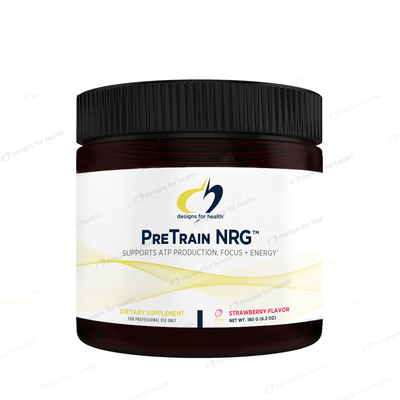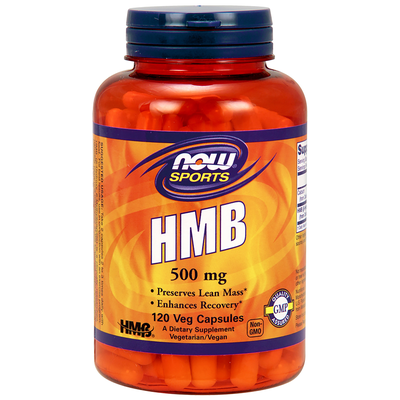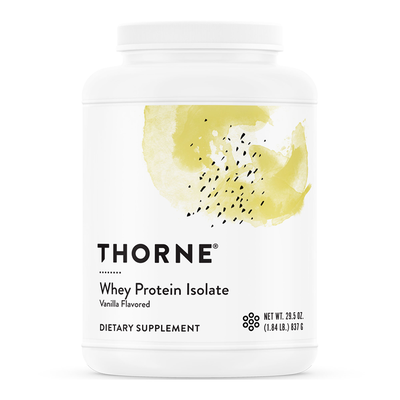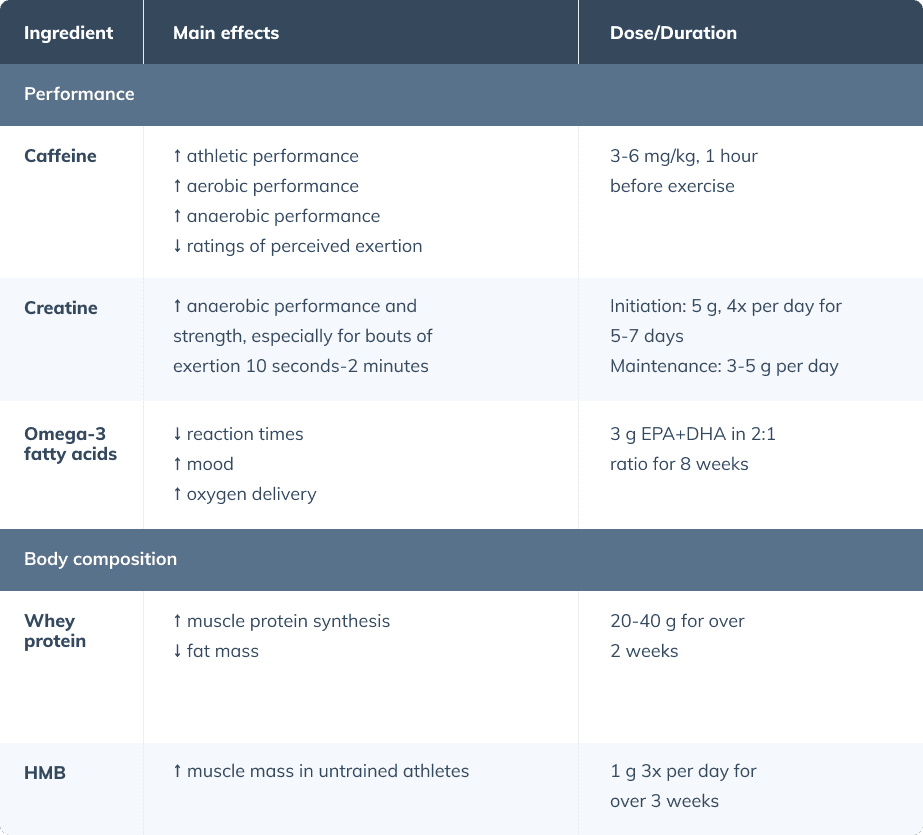MUSCLE3X
Exercise Performance Kit
Exercise Performance Kit
Couldn't load pickup availability
Overview
Many dietary supplements have been popularly marketed to improve sports performance; however, only a few key ingredients have strong evidence to support these claims. Table 1 provides an overview of some of the ingredients that have supportive research.
Practitioners should be aware that based on an ingredient’s mechanism of action, a performance-enhancing effect may be observed for a certain type of exercise (e.g., aerobic), but these effects may not necessarily translate to another form (e.g., anaerobic).
The ingredients included in this protocol may be beneficial for improved exercise performance and body composition outcomes. For example, beta-alanine helps to buffer acid buildup, helping to prevent fatigue. (Ojeda 2020) Caffeine acts as a nervous system stimulant, reducing inhibition and ratings of perceived exertion. (Doherty 2005) Creatine helps to provide additional short-duration energy reserves and muscle hydration. (Kreider 2017) HMB may help to stimulate lipolysis, and in certain populations, may help to stimulate muscle protein synthesis. (Kerksick 2018) Finally, whey protein may help consumers with satiety, ensure adequate protein intake, and help preserve lean muscle mass under energy restriction. (Wirunsawanya 2018)
Caffeine
Caffeine
3-6 mg/kg body weight to trained or untrained individuals approximately 60 minutes before exercise performance (Ganio 2009)(Guest 2021)(Polito 2016)(Southward 2018)
- Improved performance in any exercise modality by an average of 11%, potentially mediated by a 5.6% reduced RPE (rate of perceived exertion) compared to placebo. (Doherty 2005)
- Improved cardiovascular endurance performance ~3% (small effect; 0.22)(Ganio 2009)(Southward 2018) and time trials ~2% (small effect; 0.28-0.45)(Ganio 2009)(Ribeiro 2017)(Southward 2018)
- Improved muscular endurance with a small effect by ~18% (SMD = 0.27-0.38) (Polito 2016)(Warren 2010) and strength with a small effect of ~5-7% (SMD = 0.16-0.37)(Grgic 2019)(Grgic 2018)(Warren 2010)
- Improved muscular power with a small effect as measured by improved jump heights (SMD = 0.17-0.29), (Grgic 2018) sprints (SMD = 0.14-0.16), time to complete agility tests (SMD = 0.41), (Salinero 2019) or Wingate tests (SMD = 0.18-0.27; ~3-4%) (Grgic 2018)
- Up to 300 mg in pregnant women or 400 mg in healthy adults, there does not appear to be a risk of significant health effects. Similar safety profiles exist for children and adolescents consuming 2.5 mg/kg body weight per day. (Wikoff 2017) Nonetheless, the most commonly reported dose-dependent adverse effects of caffeine include insomnia, feelings of restlessness or anxiety, tachycardia, and headaches. (Guest 2021)
Creatine monohydrate
Creatine monohydrate
Loading phase of 0.3 g/kg body weight or ~5 g, four times daily for 5 to 7 days, followed by a maintenance phase of 3 to 5 g per day ongoing (Kreider 2017)
- Generally, high-intensity and/or repetitive exercise performance is increased by 10 to 20%. (Kreider 2017)
- Meta-analyses on both upper (Lanhers 2017) and lower (Lanhers 2015) limb performance showed small strength benefits (effect size = 0.235-0.317), with the largest being on the pectoralis major and minor for the bench press (5.3%). (Lanhers 2017)
- Shown to be effective for bouts of exertion ~1-10 seconds long, with rest periods of 0.5 to 5 minutes. (Bemben 2005)(Butts 2018) It may also be helpful for continuous bouts of exertion between 10 seconds and 2 minutes. (Bemben 2005)
- There are likely no differences in effect size based on age, sex, and training status. (Lanhers 2017) There is insufficient evidence to suggest that other forms of creatine (beyond creatine monohydrate, such as creatine HCl) have superior absorption or effectiveness. (Jäger 2011)
- Robust evidence shows a small increase in body mass (~0.26 kg, possibly due to increased water retention from hyper-hydration of the muscle) (Kreider 2017) following creatine supplementation during the loading phase, which tends to disappear during the maintenance phase. (Branch 2003) Despite this mass gain, there is no high-quality evidence to suggest ergolytic effects of creatine even in endurance athletes, which may be attributed to creatine’s other benefits (e.g., muscle hydration, heat tolerance, enhanced recovery) (Kreider 2017). One of the longest studies of high-dose creatine supplementation (up to 30 g per day for five years) has shown no detrimental effects in healthy individuals. (Bender 2016) Additionally, there is no compelling evidence that creatine supplementation negatively affects kidney function in healthy or clinical populations. (Kreider 2017)
Omega-3 fatty acids
Omega-3 fatty acids (EPA/DHA)
3 g of EPA+DHA in 2:1 ratio for 8 weeks (Ochi 2018)
- EPA and DHA may improve nitric oxide production. They have been found to reduce vascular resistance, increase cardiac stroke volume, and increase cardiac output, which may result in increased oxygen delivery during exercise and increased VO2max. (Walser 2008)(Zebrowska 2015)
- Various RCTs have showed that EPA and DHA have associations with increased lipid peroxidation both post exercise and at rest (e.g., malonaldehyde), in addition to increased antioxidant enzyme activities (e.g., superoxide dismutase, glutathione peroxidase). (Lewis 2020)
- Improved reaction time and mood was seen across all sports examined in RCTs in this 2020 SR of sport supplementation of EPA and DHA: professional rugby, soccer, athletics, and karate. (Lewis 2020)
- 13 cyclists were given 660mg EPA and 440mg DHA twice daily for 3 weeks, and versus placebo their NO production and VO2 max were significantly higher with omega-3 supplementation. (Zebrowska 2015)
- EPA and DHA might decrease post-exercise muscle soreness and improve range of motion. A systematic review noted a reduction of DOMS in six of 12 trials and a lessened range of motion deficit after exercise in three of five trials. They also found interesting findings worthy of further exploration: lessened muscle strength deficit after exercise in two of six trials and a reduction of swelling in the muscle in one of five trials. Results were mixed but generally found no effect on MPS. (Ochi 2018)
- Supplementary n-3 fatty acids appear to have a low risk of adverse effects, as only one of five randomized controlled trials in a systematic review (Lewis 2020) reported adverse effects, noting poor palatability, gastrointestinal distress, and nausea in 10% of participants. (Oliver 2016) High n-3 consumption may prolong bleeding time; (Meydani 1991) however, the FDA has recognized that intakes of up to 3 g per day of omega-3 fatty acids is generally recognized as safe in humans, even with regards to claims on bleeding tendencies. (US FDA 2004)
HMB
Beta-hydroxy-beta-methylbutyrate (HMB)
3 g per day for 3-12 weeks (Kerksick 2018)
- Increased muscle mass among untrained and elderly subjects by an additional 0.5 to 1 kg versus controls was observed. (Kerksick 2018)
- Trained athletes supplementing with HMB may have reductions in fat mass, (Durkalec-Michalski 2015)(Durkalec-Michalski 2016)(Durkalec-Michalski 2017) though there are mixed results on whether trained athletes tend to gain muscle mass. (Kerksick 2018) Longer training periods (over 6 weeks) and periodization may increase the likelihood of lean mass gain. (Wilson 2013)
- A 2018 meta-analysis on trained athletes showed a lack of an effect of HMB on bench press strength, leg press strength, body mass, fat-free mass, and fat mass. (Sanchez-Martinez 2018)
- A 2019 meta-analysis on untrained subjects aged 50 to 80 only showed a small borderline statistically significant effect on handgrip strength (ES=0.19, p=0.06), with no effects found on leg strength, muscle mass, or fat mass. (Courel-Ibáñez 2019)
- Doses up to 6 g per day have been well tolerated with no adverse effects. (Wilson 2013)(Gallagher 2000)
Whey Protein
Whey Protein
20-75 g per day for 2 weeks to 15 months (Wirunsawanya 2018)
- Whey protein is generally an easy to mix, digest, and absorb milk-derived protein that has a large body of evidence for improving cardiovascular factors and improving body composition. (Morifuji 2010)(Sousa 2012)
- A 2018 SR and MA found whey protein supplementation in individuals who are overweight and/or obese to be associated with significant reductions in body weight, and fat mass, and increases in lean mass. With the resultant weight loss, the authors noted significant improvements in systolic and diastolic blood pressure, glucose, high-density lipoprotein, and total cholesterol and fat mass. (Wirunsawanya 2018)
- Optimal daily protein intake likely reduces the effect of whey protein supplementation. (Huang 2021) For active individuals aiming to improve body composition, this intake is likely 1.6 to 2.4 grams of protein per kilogram of bodyweight. (Burke 2019) Whey protein may be a tool consumers can use to supplement hitting this protein target.
- A 2018 SR and MA found that whey protein may be a useful tool for those following a hypocaloric diet to lose weight and preserve muscle mass. (Bergia 2018)
- A 2019 SR and MA of whey protein concentrates, isolates, and hydrosylates noted no adverse effects in any of the trials examined. (Castro 2019)
Share











